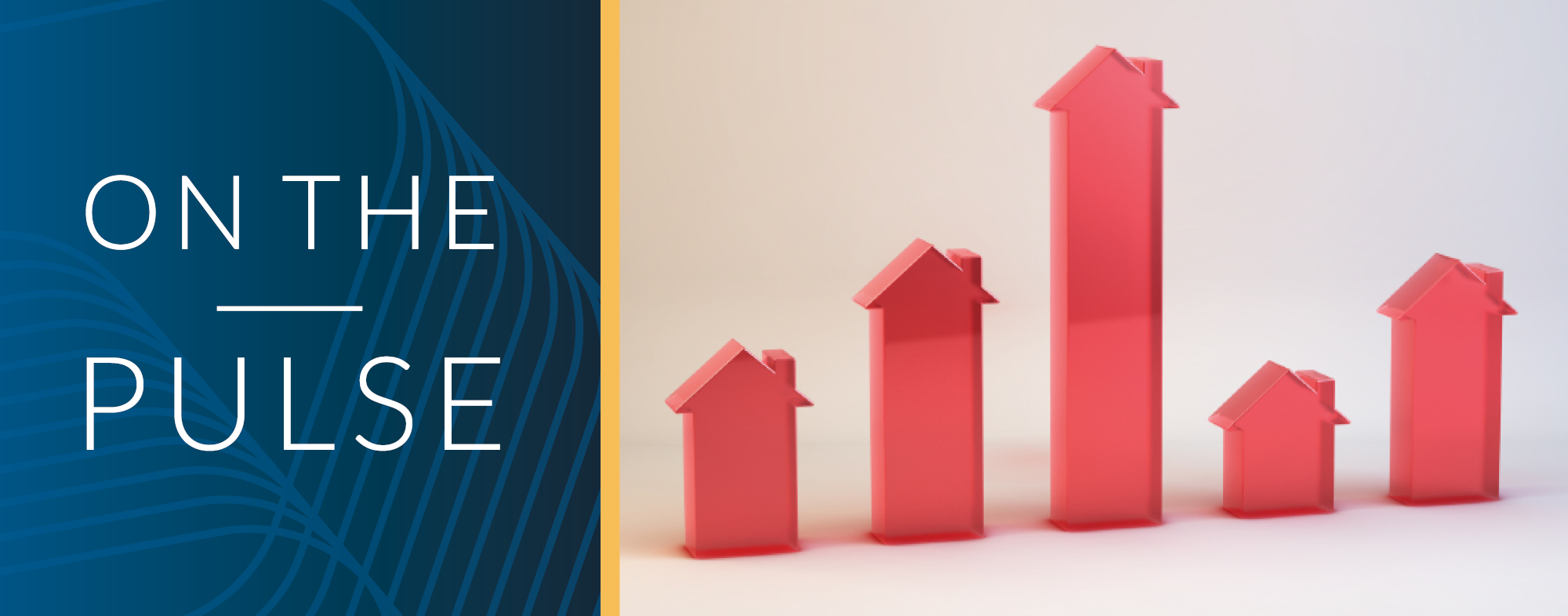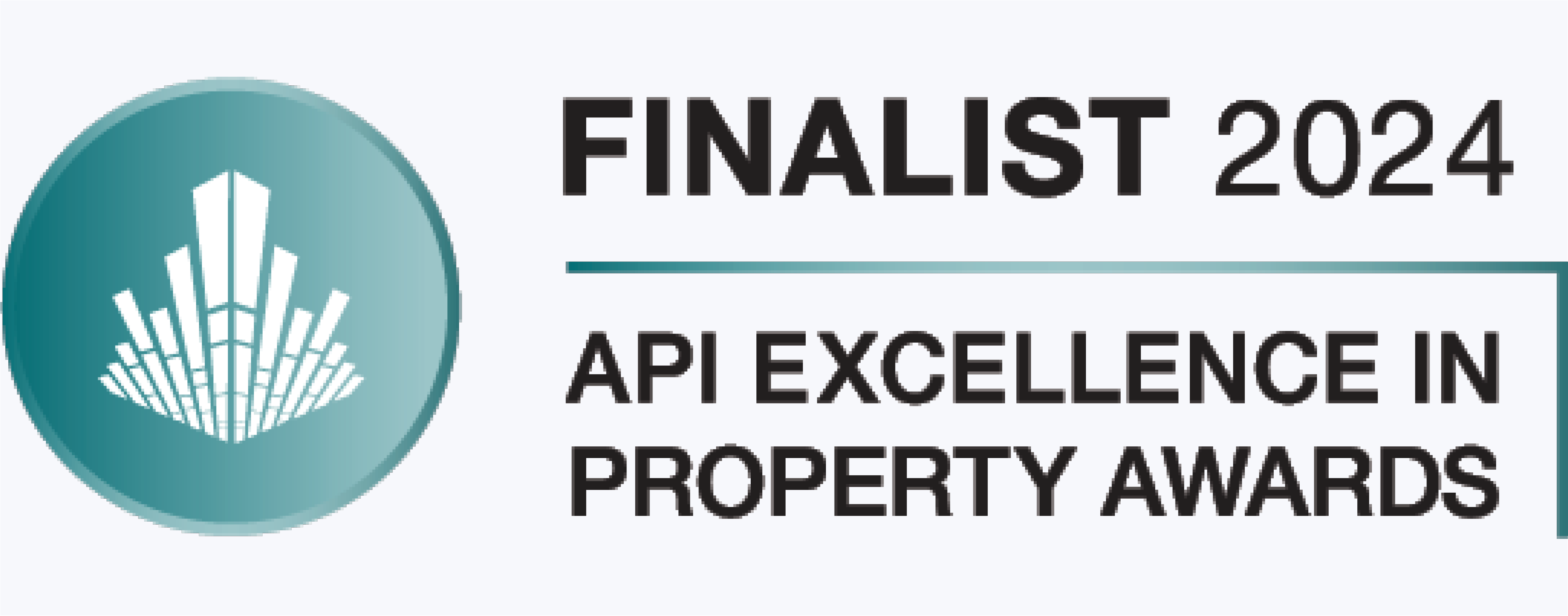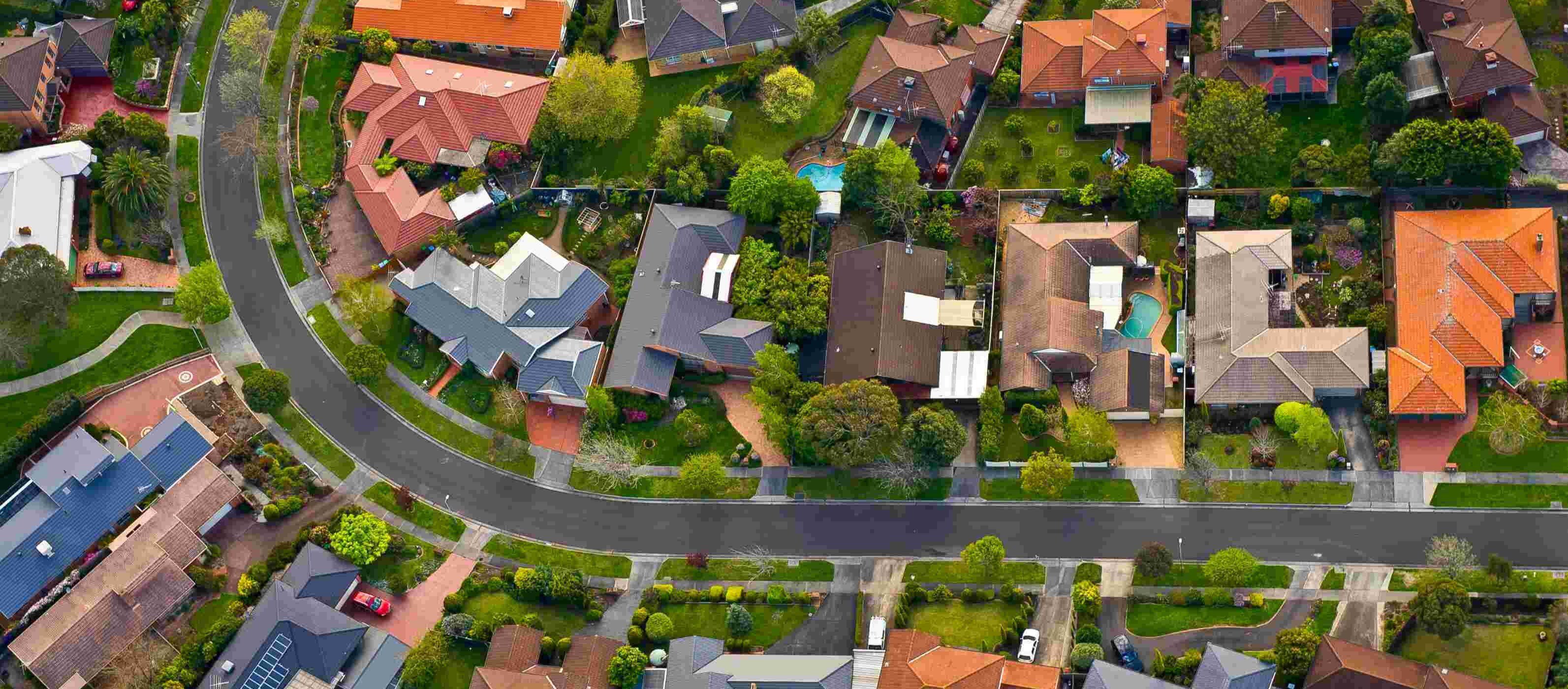October 2025 Property Pulse Check
Newsletter

Welcome to the second edition of Opteon’s Property Pulse Check, your quarterly read on the rhythm of Australia’s property markets. Following the launch of our inaugural dashboard, we continue to track the heartbeat of commercial and residential sectors nationwide. This edition of On the Pulse brings fresh insights from our valuation experts, who’ve assessed whether their local markets are resting, elevated, or slowing. It’s a concise, expert-led snapshot designed to keep you in sync with shifting buyer and seller sentiment across the country.
Tracking the rhythm of Australia's Property Markets
Our quarterly Pulse Check offers a quick read on the health of Australia’s property markets, using a familiar metaphor: the heartbeat. Just like a pulse can signal calm, exertion, or fatigue, market conditions vary by region and cycle. We’ve asked our experts to assess the rhythm of their local markets this quarter: whether it’s resting, elevated, or slowing. Their insights provide a timely snapshot of buyer and seller sentiment, helping you stay in step with the changing pace of the property landscape.
Resting Pulse – The market is steady and well-balanced, ticking along at a healthy pace.
Elevated Pulse – Activity is ramping up, with strong demand pushing the market into growth mode.
Slow Pulse – Momentum is easing as the market takes a breather after a busy run.
Here’s what our experts are seeing on the ground this quarter:
Commercial
Retail
Dan Hill, National Director Specialist Real Estate & Residential Development
"The retail sector continues to demonstrate strong performance across Australia, underpinned by resilient consumer spending, robust population growth, and a persistent undersupply of retail floorspace. Elevated construction costs have delayed new developments, further tightening supply.
Retail remains a standout asset class, attracting heightened investor interest due to low vacancy rates, solid moving annual turnover (MAT), consistent rental growth, and stable - slightly compressed - yields across shopping centres and large format retail (LFR) assets.."
Office
Sam Lipshut, Head of Middle Markets & Portfolio
"The market remains steady, following a period of decline. Buyers remain selective, with the fewer participants targeting offices with strong lease covenants and longer term WALEs, along with a greater focus on modern buildings with strong ESG credentials.
Values have remained somewhat stagnant, highlighting broader market uncertainty and persistently elevated interest rates.
Although there has been an increase in national office transactions in the sub $50M office market over recent times, overall sales volumes remain significantly below pre-Covid levels."
Industrial
Paul Bungate - Director Middle Markets & Advisory
"The industrial property market has remained resilient through the first half of 2025, buoyed by strong occupier demand, constrained supply, and recent monetary policy easing. However, global economic uncertainty remains a key concern.
The national vacancy rate rose to 2.8 percent in the first half of 2025, however still remains one of the tightest globally."
Residential
Michael McNulty, National Director, Residential Valuation Operations
"National dwelling values rose 2.2% over the July to September quarter, marking the strongest growth since mid-2024 with the main drivers being interest rate cuts and limited supply (national listings remain ~19% below the five-year average).
Monthly gains averaged around 0.7%, with Darwin, Perth and Brisbane leading while Sydney and Melbourne posted more modest increases. Regional markets grew 1.6%, reflecting ongoing lifestyle demand and relative affordability.
Rental conditions remained tight with investor interest and historically low vacancy rates (1.2-1.7%), sustaining upward pressure on rents."
|
George Garagounis 0427 786 918
|
New South Wales
Australian Capital Territory Between July and September 2025, the ACT property market recorded modest, steady growth, supported by low listings and improving buyer sentiment. Dwelling values rose about +1.7% over the quarter and roughly +2.5% year-on-year, bringing the median dwelling value to around A$886,000. Houses outperformed units, with house values up about +2.1% annually to a median of A$1.01 million, while unit values were mostly flat around A$595,000. Tight supply and renewed demand underpinned the house market, while softer investor activity and higher new unit supply kept apartment growth subdued. Overall, the ACT market remains stable and resilient, characterised by limited listings, affordability pressures, and steady capital appreciation, particularly for detached homes. |
||||||||
|
Regional Director 0407 332 887 |
South Australia |
||||||||
|
State Director 0457 456 355 |
Queensland For the 12 months to September 2025, the median house price in Queensland rose approx. +11.3 % year-on-year to ~$812,000. Regional Queensland (outside the major metros) had dwelling value growth of ~+8.1 % over the 12 months to September 2025, with the median house price in regional QLD approx. ~$740,201.
The QLD residential property market is characterised by tight supply, strong demand bot locally and from interstate investors and continues to be underpinned by strong migration to the sunshine state. |
||||||||
|
State Director 0417 449 344 |
Western Australia Perth's residential dwelling values rose 1.6% in September, 4.0% over the July to September quarter and 7.5% in the past 12 months. With supply at all time lows and strong demand, Perth is experiencing short sale periods of 12 days and low vendor discounting of -2.8%. Perth dwelling prices are at a record high and rental rates have increased 5.6% in the past 12 months. Regional WA dwelling value is 11.6% higher in the past 12 months with listed stock levels falling and rental values up 10% over the last 12 months. Regional locations such as the Pilbara are performing strongly by virtue of short supply and positive sentiment around major infrastructure projects.
Northern Territory Darwin's residential dwelling values rose 1.7% in September, 5.9% over the July to September quarter and 12.9% in the past 12 months. Supply of listed stock has reduced as Darwin has seen a significant uplift in buyer activity (60.1% over the past 12 months). Darwin's increase in dwelling prices can be attributed to it's relative affordability, strong rental yields and positive sentiment around government infrastructure projects, mining and Defence related spending. Regional NT dwelling values are 3.0% higher in the past 12 months with listed stock levels steady and rental value up 3.3% over the last 12 months. Both Darwin and Regional NT median days on market remain more protracted than other States / Territories showing 39 days and 89 days respectively. |
||||||||
|
State Director 0433 155 774 |
Victoria Between July and September 2025, Melbourne’s property market showed steady but modest growth, signalling a period of stabilisation rather than a boom. Dwelling values rose by around 1% over the quarter and 1.9% year-on-year, with houses performing better than units - median house prices reaching about $953,000 (up 2.5% annually) compared to units at $629,000 (virtually flat). Buyer confidence improved slightly as interest rates eased and population growth returned, while ongoing supply constraints supported prices in many suburbs. However, inner-city apartments continued to face oversupply pressures and weaker demand. Overall, Melbourne remains more affordable than Sydney and continues to attract both local and interstate buyers, though affordability and economic uncertainty are tempering faster growth. |
||||||||
|
Regional Director 0405 715 580 |
Tasmania Tasmania’s housing market continues to track steadily, with Hobart holding firm in value and showing a lift in sales activity. In the north, Devonport and Launceston are contributing to consistent growth across Regional Tasmania, supported by solid buyer interest. The rental market remains a highlight statewide, with strong annual rent increases and elevated yields reinforcing investor confidence. |
||||||||









-1.png?width=375&height=375&name=OTP%20dashboard%20resi%20profiles%20(2)-1.png)








